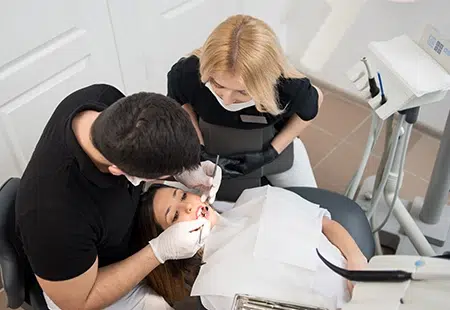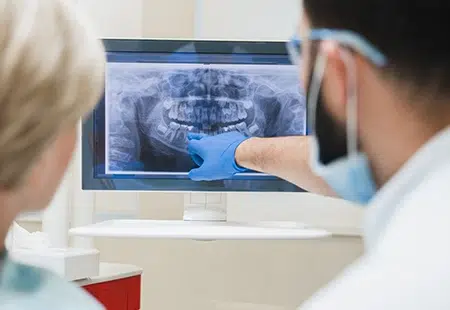
Root Canal Causes
There are a few reasons why a patient may need a root canal, or endodontic therapy. Commonly, it is because tooth decay in the form of a cavity grows and reaches all the way to the nerve of the tooth. Oftentimes, this is a painful process, and you may have discomfort while eating, drinking, or speaking. The pain can become quite significant when the bacteria from the cavity enters the pulp, sometimes keeping you awake at night. Another reason a tooth may need root canal therapy is due to trauma that damages the nerve of the tooth. In both cases, the nerve or pulp becomes infected and cannot heal on its own. It must be treated to prevent further pain and infection. Regular cleanings and checkups with x-rays can detect and prevent this process.


